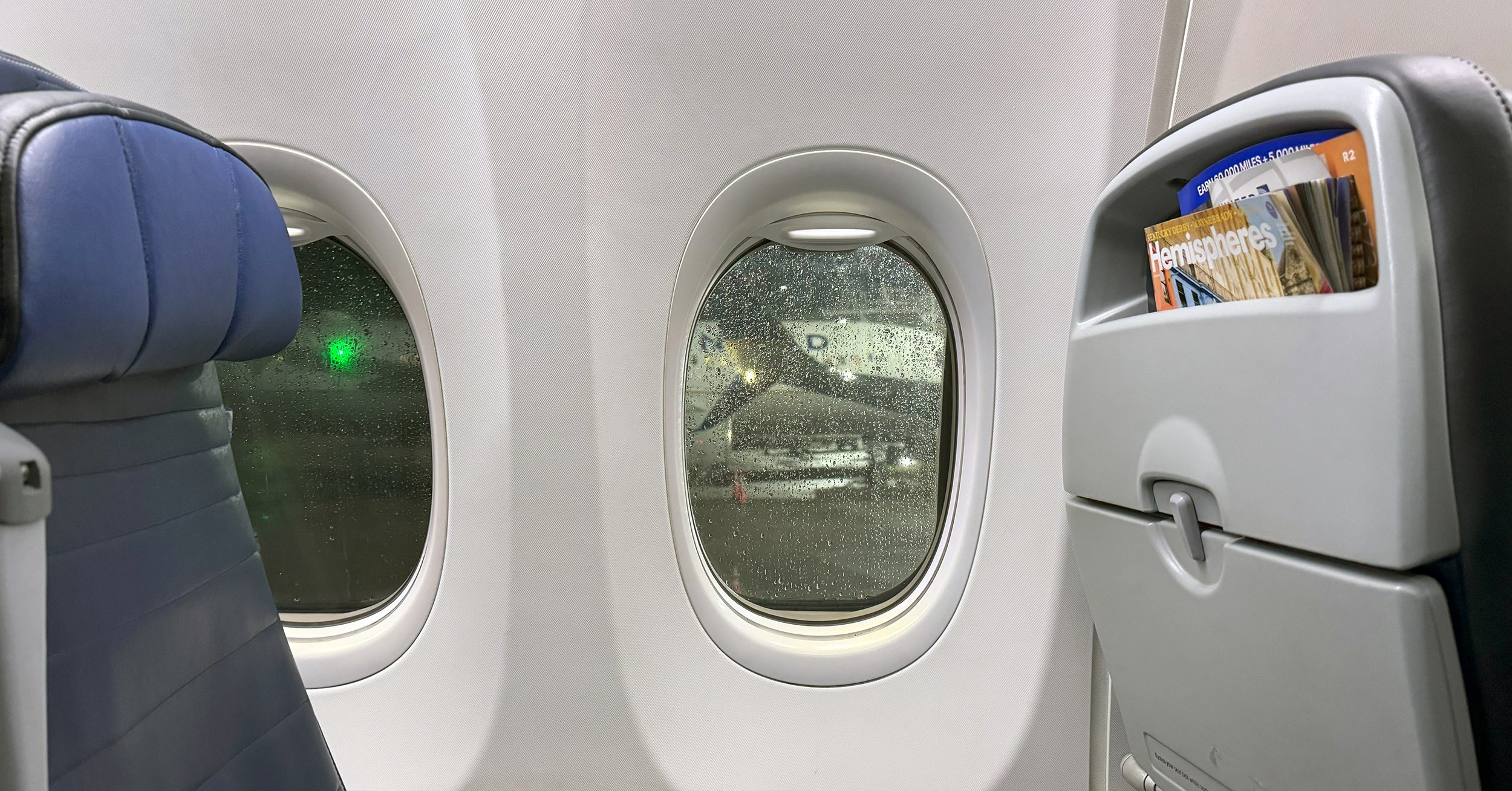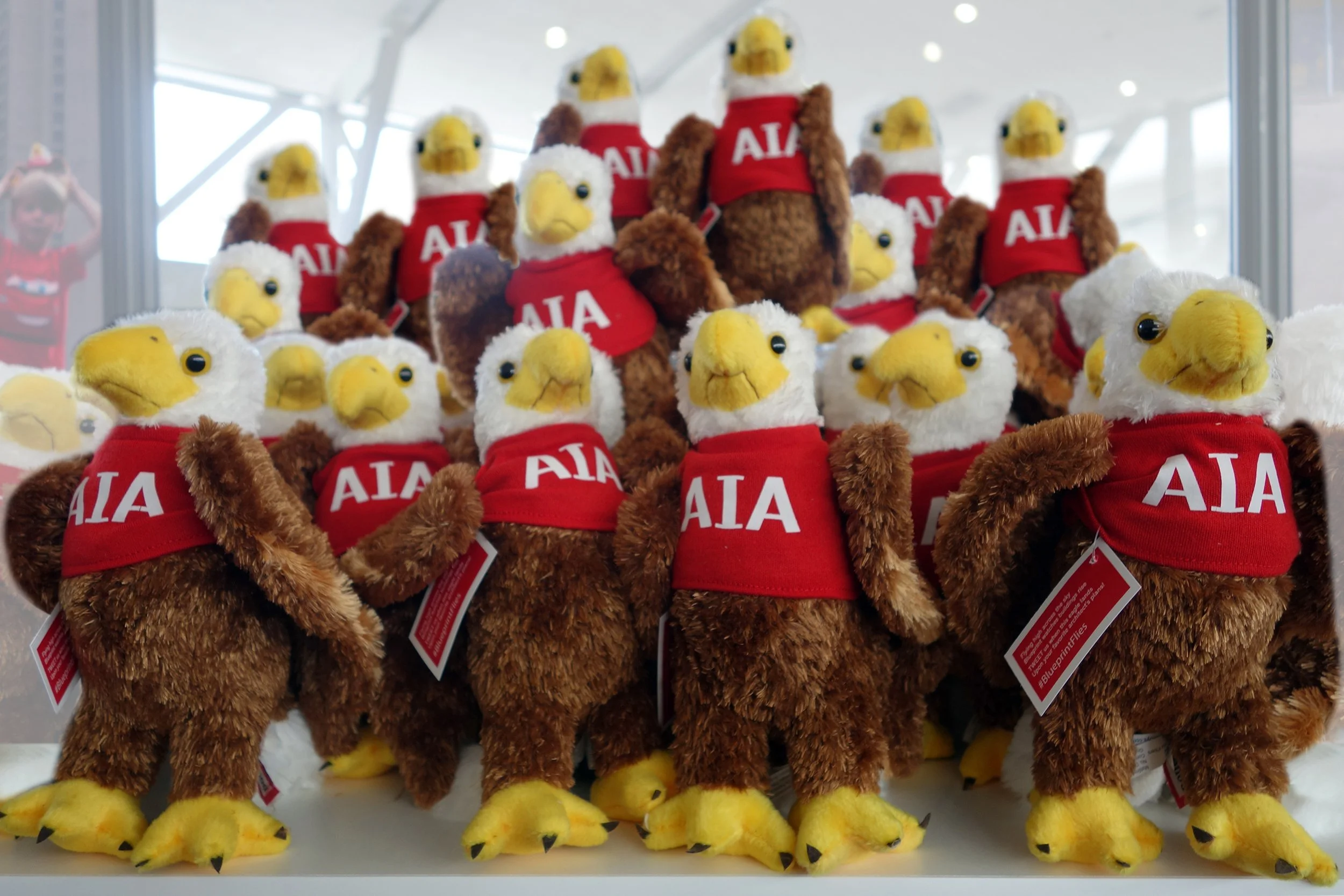
Page 3 of 3
Washington, DC
I’ll build a boat when the river gets too high
AIA24 lasts four days, at least for me. Day one is all tours (unless one is cancelled without any warning- still a bit bitter about that), days two and three have busy keynotes, tours and all sorts of events, but by day four things start to wrap up. There is still a keynote presentation in the morning, but already well over half of the seats are empty. The convention sort of dies off on its own that day with a few tours still available, and if there’s a tour still available, you know I’ll be there. Which explains these next few pictures of the DMV from the water.
This last tour was ET113e New Perspectives on Washington, D.C.: Potomac River Boat Tour which, just as the description says, was a boat tour. We started at the DC Wharf (more about that later), then headed down the Washington Channel, up (and down) the Anacostia, then briefly hauled ass down the Potomac all the way to Old Town Alexandria, National Harbor and the Woodrow Wilson Bridge, which is pictured below.
When I was young (around 7 through 10 or 11), my parents would drive my sister and I in an non air conditioned car on summer road trips down to Florida. From Northern New Jersey we would drive the full length of I-287 down to the Turnpike, then down 95 all the way to Florida. There weren’t all that many memorable landmarks on the way other than the Delaware Memorial Bridge and maybe the bridge over the Susquehanna, but my favorite bridge landmark was always this one, which has been completely rebuilt over the years. As we crossed into Virginia, looking out the right side of the car, you could see Washington, DC from a distance, and for whatever reason, I still think fondly of this bridge and that view all these many years later.
There were a hundred people on ET113e New Perspectives on Washington, D.C.: Potomac River Boat Tour, which is significantly more than the volunteers who work the AIA Tours can handle. The tour departure area was small and crowded, volunteers had no idea exactly how to load up two buses instead of one, and once we got there, it appeared as if our volunteer had absolutely no idea where he was taking us or where the boat actually was. So, when our boat tour ended, I made a decision to take off my AIA24 badge, forgo the bus ride back and just find my way on my own.
The boat tour left and returned from the DC Wharf, an impressive collection of new buildings and public spaces along the Washington Channel, an area that felt a world away from all those monuments on the Mall but in reality was less than a 15 minute walk south of the Smithsonian Castle.
The new buildings, designed by SHoP, Rafael Vinoly, ODA and Morris Adjmi (among others) complemented an all pedestrian walkway and piers along the water. One of my stated goals during this trip to Washington, DC was to try and not go to the same monuments and memorials that I did last year, and since I imagine that I’ll be both back in DC and back here at the wharf again, I’ll probably be saying that same thing about DC Wharf in a few years.
Right after I said I didn’t want to see the same monuments and memorials that I saw last year, we find ourselves back once again at Arlington National Cemetery in Virginia.
Last year (also known as 2023 for anyone reading this in the future), I visited Washington, DC five times, and most (although surprisingly not all) of those visits were centered around Arlington National Cemetery. The short, one sentence version of the story is that my grandfather was killed by Nazis on the French/German border in 1945, his remains were unidentifiable at the time, he was buried in Belgium as an unknown soldier and using DNA testing, his remains were identified in late 2022 and he was reinterred in Arlington National Cemetery last year. He was buried in Section 81 within sight of the Old Post Chapel, one of those areas that tourists are never going to see and also part of Arlington’s Millennium Project, an expansion of the cemetery on the side facing Fort Myer.
Even though I was at Arlington a lot last year, this visit was a little different. First off, this was the first time I was there when it wasn’t raining. Also this time I didn’t have a car (family members have a pass allowing them to drive wherever they would like to in the cemetery), so I took the Blue Line Metro and walked from the entrance all the way up to Section 81, a pleasant walk and one that was a lot shorter and easier than I expected. Also, even a year later, Section 81 is starting to fill in and already feels different. With recent burials there, it was one of the few places that I saw other family members and, due to its location, really feels like a totally private and very special section of Arlington.
I visited Arlington on my last day before heading home on a northbound Acela, and decided to bail on my more ambitious plans and instead head to Georgetown, an area I generally don’t go to since I’m usually all about the monuments and memorials and the Metro. From Arlington, I took a train one stop to Roslyn, boarded an (apparently free) Circulator Bus to Georgetown and made my way downhill to the uncreatively named but quite nice Georgetown Waterfront Park. From there, it was an easy walk downriver to the Kennedy Center, another of those places I rarely visit, even though one of those rare visits was during the last time I was in DC.
For once the weather was good during my trip to Arlington National Cemetery, but it deteriorated as the afternoon marched on and by the time I got to the Kennedy Center the periodic rain drops and drizzle had graduated to an actual steady rain. I decided to walk down to the Kennedy Center so that I could visit its addition by Steven Holl called The Reach, and it was a great place to hide from the rain. The Reach consists of a series of above ground pavilions connected by a continuous underground space with landscape above, a concept that will seem eerily familar to anyone who has ever visited the Nelson Atkins Museum in Kansas City where he did the same thing. But even though the parti (an architect favored word that we use to sound smart but really just means the concept) may be the same, the execution was quite different, and The Reach felt like its own building and not just a carbon copy of another one a thousand miles away.
So, after all those AIA24 tours of Silva (or quite possibly The Silva), the Australian Embassy, the Octagon, and the river(s), and stops at the NBM, the NAAMHC, two libraries, a Nationals game and the DC Wharf, we’re ending the slideshow here at The Reach in the rain, as good of a place to end as any. Next year the AIA moves to the other end of the Northeast Corridor with AIA25 set to take place in Boston, where, if past is indeed prologue, I’ll be likely to attend and return with pictures and stories once again.
But wait, there’s more
I go to these AIA Conferences almost every year, meaning that there’s lots of slideshows and pictures and stories from all sorts of different cities, showing off their best architecture and design for all to see.


